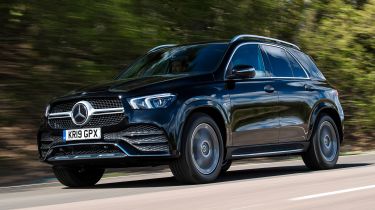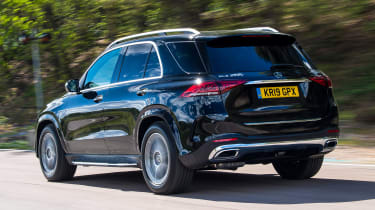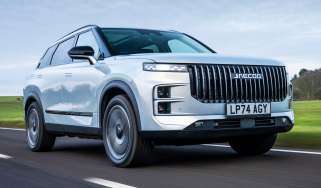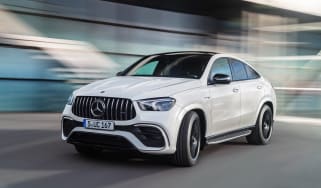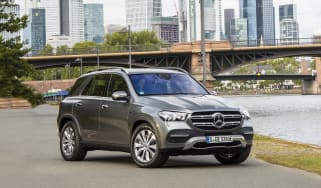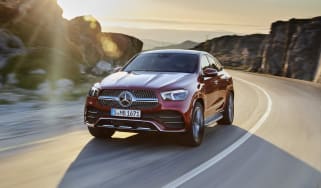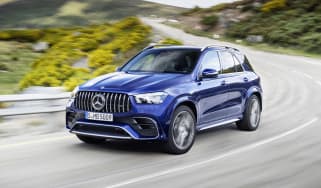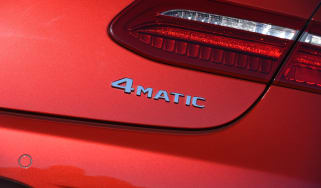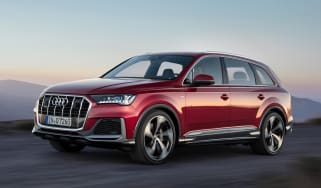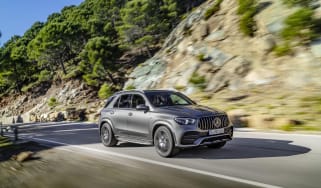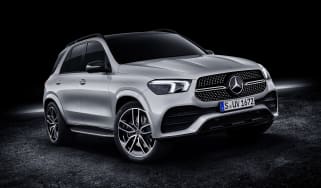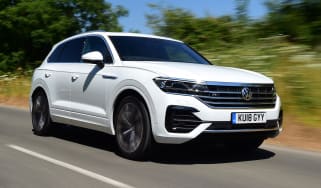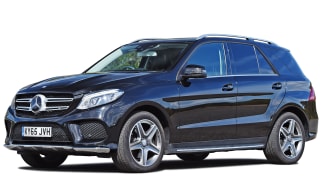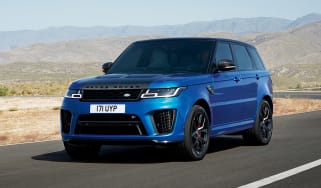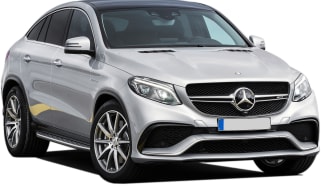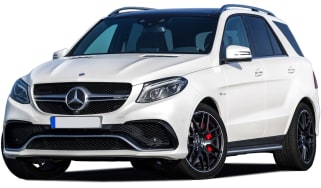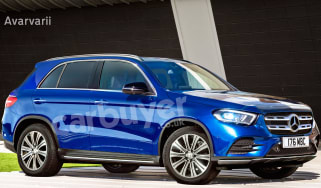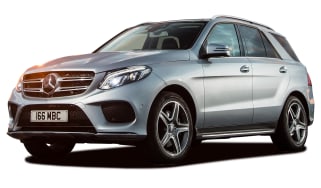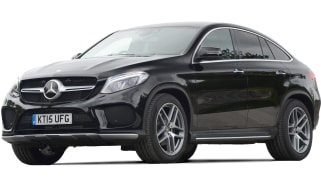Mercedes GLE SUV review
"The Mercedes GLE is one of the classiest SUV buys, but not the best all-rounder"
Pros
- Prestigious image
- Beautiful interior
- Seating for seven
Cons
- Expensive to run
- Rivals better to drive
- Not the best value
Mercedes was one of the first premium car makers to move into the SUV business, with its ML model offered as a challenger to the Range Rover back in the late 1990s. Today, it faces competition from a wide range of brands, and the Mercedes GLE now fights the Audi Q7, Land Rover Discovery, Volvo XC90 and BMW X5 for buyers.
It no longer faces the Range Rover as a direct rival – that's the job of the bigger Mercedes GLS. However, the Range Rover Sport is aimed at the same audience as faster models in the Mercedes GLE range, as is the Porsche Cayenne. There’s also a Mercedes GLE Coupe model that counts the Range Rover Velar, BMW X6 and Porsche Cayenne Coupe as its rivals, and which features most of the same engines as the regular GLE.
 The 10 best large SUVs on sale in 2025
The 10 best large SUVs on sale in 2025
Not that any GLE lacks performance. There are three diesels (one of which is a plug-in hybrid) and three petrol engines to choose from; even the entry-level GLE 300 d manages 0-62mph in a shade under seven seconds thanks to a 268bhp 2.0-litre diesel engine. The six-cylinder GLE 400 d diesel is faster still, providing hot hatch pace, but will be enjoyed for its extra smoothness as much as its greater power. It’s the AMG 63 S model that’s currently the fastest in the range, hitting 0-62mph in an astonishing 3.8 seconds, and it takes on the BMW X5 M and Porsche Cayenne Turbo.
Speed alone isn't enough to make the GLE appeal to driving enthusiasts, though, and most versions of the GLE are definitely better suited to life on the motorway than spirited use on twisty back roads. Top-spec models have Mercedes' clever Airmatic air suspension system, which absorbs bumps with ease despite the large alloy wheels fitted to every model as standard. Standard models use a traditional steel spring suspension set-up which isn’t as comfortable, so we’d recommend speccing the optional air suspension or going for a model with it fitted if you can afford it. The Mercedes-AMG GLE 53 does a better job of coping with faster driving on winding roads, with responses that even encourage you to push harder at times, despite its bulk.
More reviews
That’s not even the fastest or most expensive model; the Mercedes-AMG GLE 63 S has an even greater focus on performance and a £120,000 price tag. It gets adaptive dampers, carbon-fibre trim and Sport driving modes.
The GLE has a beautifully designed and built interior, which meets and even exceeds the standards set by the last Mercedes S-Class saloon that introduced the brand's latest interior design direction on its debut. Yet the GLE adds a distinctive flavour of its own, and benefits hugely from Mercedes' latest MBUX infotainment equipment that succeeds the former COMAND system, bringing an easier, more intuitive user interface.
It all adds to the GLE's easy-going character, and makes long-distance travel thoroughly relaxing. Interior comfort impresses too, with loads of space for those in the front two rows of seats. The third row – standard on all six-cylinder models – brings additional flexibility, but the GLE can't match the Volvo XC90 or Land Rover Discovery as a full seven-seater. There’s the bigger GLS if you’ll regularly be carrying six passengers. Meanwhile, no GLE is short on equipment, and though there are additional (and quite expensive) optional packs available, many will be happy with the AMG Line spec that every UK car comes with, along with the entry-level 300 d diesel engine.
It all adds up to a very impressive all-round package, but an expensive one that doesn't justify its price premium by being massively more talented than its rivals. Mercedes fans will love it, and anybody who wants an incredibly smooth, luxurious SUV that can seat seven when you need to would be wise to give it a look. However, the GLE doesn't quite do enough for us to recommend it over a BMW X5.

